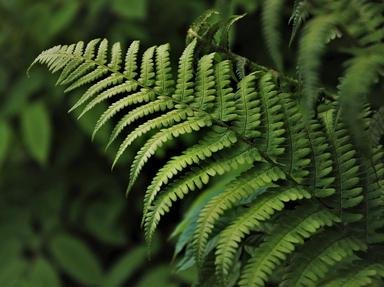Quiz Answer Key and Fun Facts
1. This distinctively-flavoured nut contains a rather hefty amount of cyanide.
2. Every part of this plant, prized for its delicate, scented flowers and often used in bridal bouquets, is highly poisonous.
3. The powerful toxin contained in the seeds of this common plant has been used as an agent of terrorism and chemical warfare.
4. This herb of the mint family was used in the past as an abortifacient, sometimes with tragic results.
5. Closely related to tomatoes and potatoes, this plant is one of the most poisonous in the Eastern Hemisphere.
6. These lovely yet deadly mauve flowers bloom in meadows at the end of summer.
7. In ancient times, this relative of celery and parsley was used to execute condemned prisoners.
8. The chemical compound in this bitter-tasting "biblical" plant can cause hallucinations and seizures.
9. The potentially deadly toxin of this plant with striking tubular flowers is used to treat heart failure.
10. Widely cultivated for ornamental purposes, this flowering shrub is so toxic that even its sap can give severe allergic reactions.
Source: Author
LadyNym
This quiz was reviewed by FunTrivia editor
rossian before going online.
Any errors found in FunTrivia content are routinely corrected through our feedback system.
